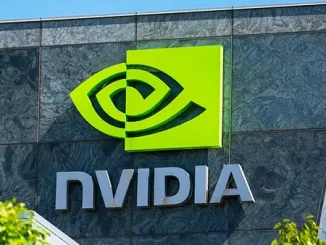
Nvidia’s accelerated computing technology has been instrumental in helping India manage traffic across its vast tollbooth network, which spans over four million miles and includes 1,000 tollbooths.
India’s road network, the second largest globally, is largely managed through manual toll collection, which often leads to significant traffic delays, longer commute times, and severe road congestion. To address these challenges, Calsoft, a technology company with Indian-American roots, leveraged Nvidia’s advanced technologies to automate tollbooths across the country. This system integrates seamlessly with India’s unified payments interface (UPI), the nation’s primary digital payment system.
Automating tollbooths in India presented a unique challenge due to the country’s wide variety of license plates. India’s non-standardized plates vary in color, size, font, and language, making it difficult for automatic number plate recognition (ANPR) systems to function accurately. The solution developed by Calsoft reads vehicle plates automatically and charges the associated driver’s UPI account, reducing reliance on manual toll collection and streamlining traffic flow.
This system, which has already been piloted in several major metropolitan areas, achieves approximately 95% accuracy using an ANPR pipeline. The pipeline detects and classifies license plates as vehicles pass through tollbooths. According to Vipin Shankar, senior vice president of technology at Calsoft, one of the main challenges was achieving reliable detection in various environmental conditions, such as nighttime driving, fog, heavy rain, bright sunshine, and dusty winds.
Nvidia’s Metropolis platform was essential in this effort, helping to track and detect vehicles throughout the toll process. Metropolis combines visual data and AI to enhance operational efficiency and safety across multiple industries. Additionally, Calsoft utilized Nvidia Triton to deploy and manage AI models, and the Nvidia DeepStream SDK to build a real-time streaming platform for processing data streams efficiently, with advanced capabilities like real-time object detection and classification.
The solution relies on Nvidia hardware, including Nvidia Jetson edge AI modules and Nvidia A100 Tensor Core GPUs, ensuring scalability for future growth. This means the system can adapt to increasing traffic volumes and continue delivering reliable performance as conditions evolve.




